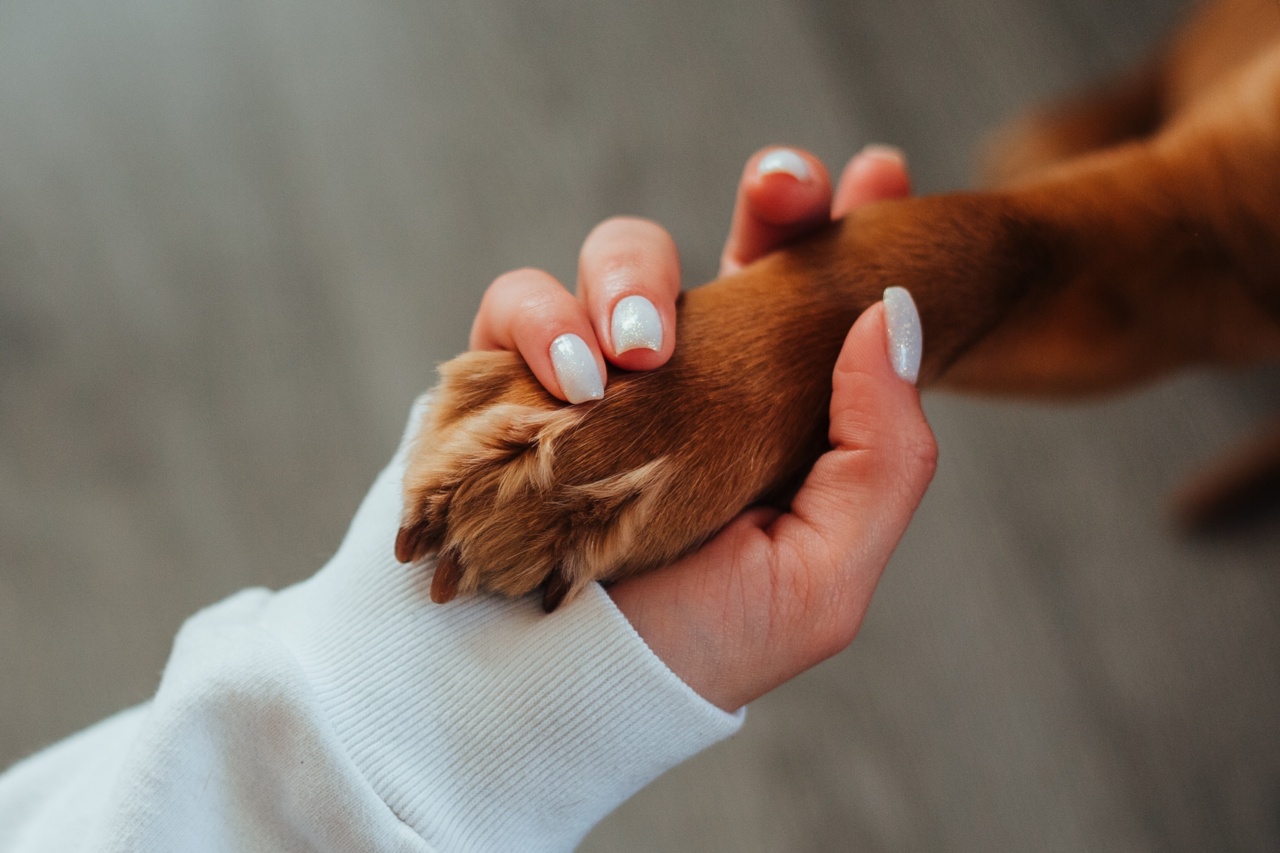Dog training can be both exhilarating and challenging, especially when dealing with a pet that has a will of its own. However, understanding the nuances and psychology of your furry friend can help you form a lasting bond that lasts lifetimes.
With the right approach, dog training can be an easy and enjoyable experience for you and your pet. This comprehensive guide will help you navigate the world of dog training and overcome common frictions that arise during the process.
Types of Dogs and Breeds
Different breeds of dogs have unique characteristics that dictate how they should be trained. For instance, certain breeds like the Australian Cattle Dog and Border Collie are highly intelligent and require extensive mental stimulation.
Others such as the Labrador Retriever and Golden Retriever are more laid-back and eager to please, and may respond well to positive reinforcement. Understanding the temperament and personality of your dog is critical to tailoring the training process to their needs.
Training Young Puppies
Puppies are playful and energetic, but this can mean they are easily distracted during training. The first few months of your puppy’s life can be instrumental in shaping their behavior, so starting their training as early as possible is crucial.
Before they start showing signs of bad behavior, positive reinforcement techniques such as rewarding with treats and praise can be used to encourage good behavior. Socialization is also essential during their early years and can prevent them from developing fear and aggression towards other dogs and people.
Barking and Other Unwanted Behaviors
Barking is a typical behavior for dogs and can signify various things depending on the situation. However, excessive barking can be problematic and can exacerbate household frictions.
Other unwanted behaviors such as biting, chewing, and digging can be corrected using positive reinforcement. By rewarding good behavior, your dog can understand what’s expected of them and learn to repeat it. Furthermore, creating a conducive environment free of possible distractions can also help eliminate unwanted behaviors.
Positive Reinforcement Techniques
Positive reinforcement is a popular dog training method that involves rewarding your dog for good behavior. The treats and praise used in positive reinforcement should be timely and relevant to the desired behavior.
Through this method, your dog can form a positive association with obedience, making it more likely to repeat the good behavior in the future. Positive reinforcement techniques can be used to train dogs at any age and is considered the most humane and effective dog training method.
Clicker Training
Clicker training is a popular alternative to traditional training methods. This training is based on using a clicker device to produce a clicking sound when your dog displays good behavior.
The clicking sound is then followed by a reward, such as a treat or praise. The clicker devices have a unique sound that your dog can easily identify, making it more effective than verbal commands. Clicker training is effective, fun, and requires minimal effort making it increasingly popular among dog owners today.
Crate Training and Housebreaking
Housebreaking and crate training are crucial steps in making your dog feel comfortable in the home environment. Housebreaking, also known as potty training, is the process of teaching your dog where to relieve themselves.
Crate training is the process of teaching your dog to stay in a crate for extended periods comfortably. By introducing these two techniques, your dog can become a well-behaved household member, making life more manageable for you and your furry friend.
Training Adult Dogs
Training adult dogs can be a challenge, particularly if they have bad behavior habits or are aggressive. However, it’s never too late to start the training process and improve their behavior.
Establishing dominance using positive reinforcement, understanding their body language, and building trust are critical for training adult dogs. Patience and consistency are also important during the process, making it possible to correct even extreme behavioral issues successfully.
Conclusion
The training process can be challenging but is highly rewarding when done correctly. Understanding your dog, their breed, temperament, and unique personality can help overcome various frictions that arise during the training process.
Positive reinforcement, clicker training, crate training, and housebreaking are all effective tools for achieving the ultimate goal of creating a well-behaved, obedient, and happy household pet.



























